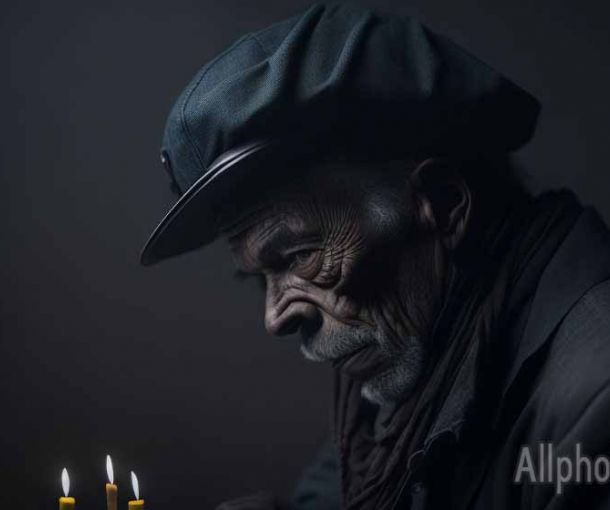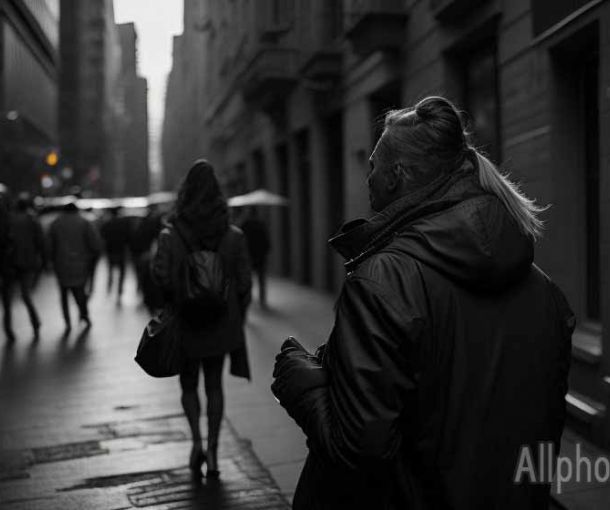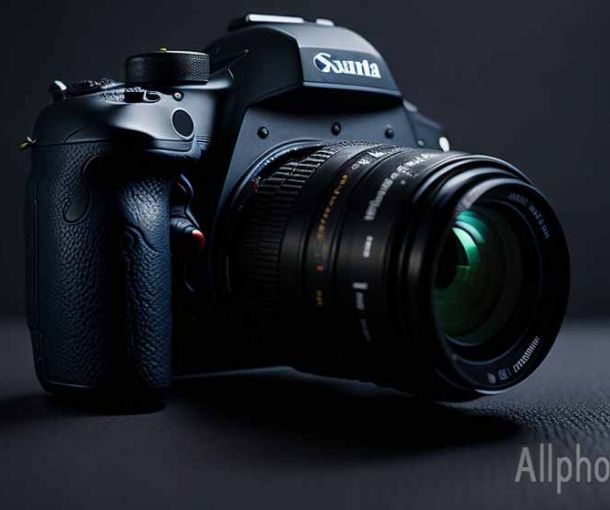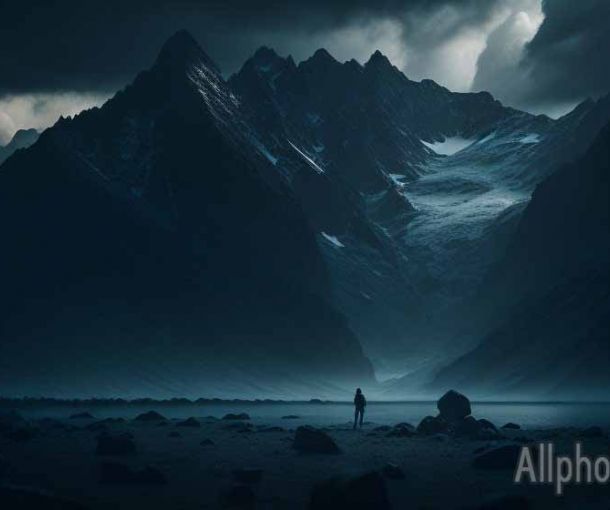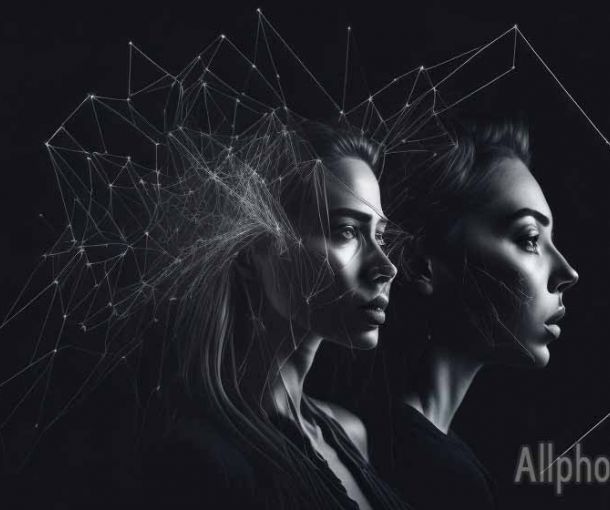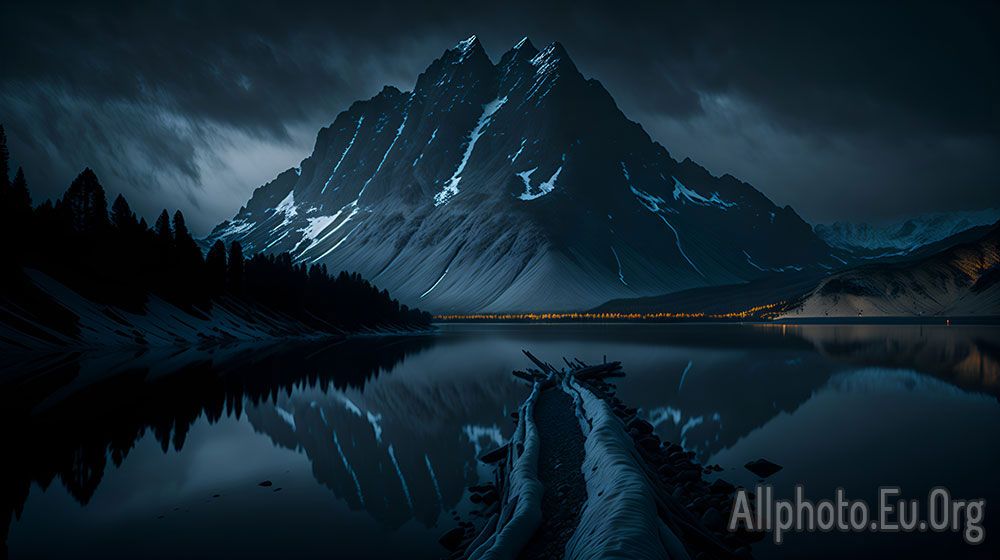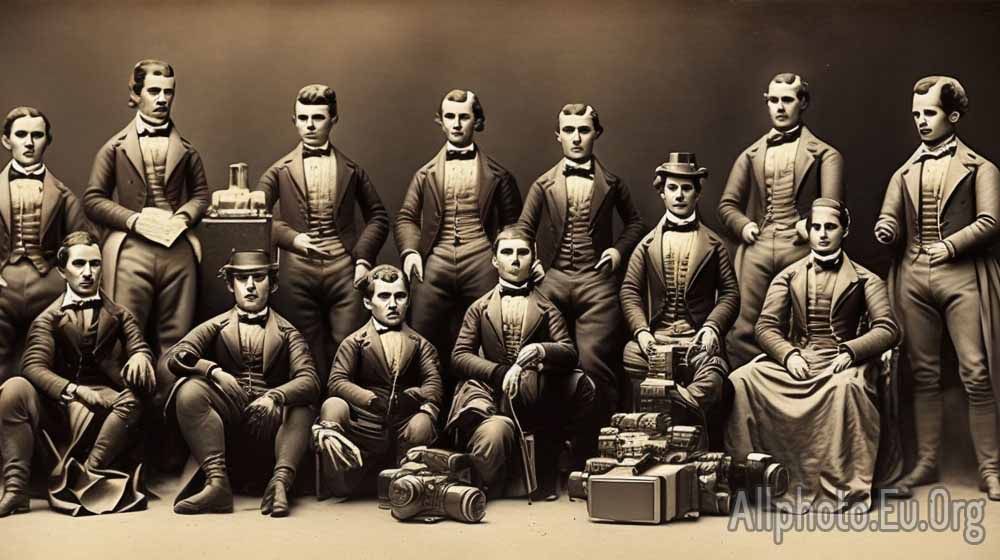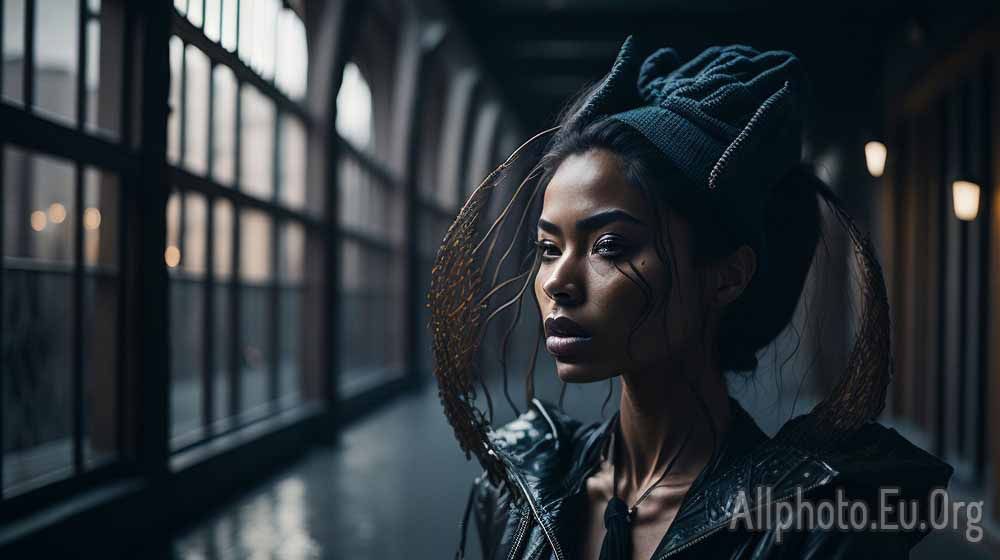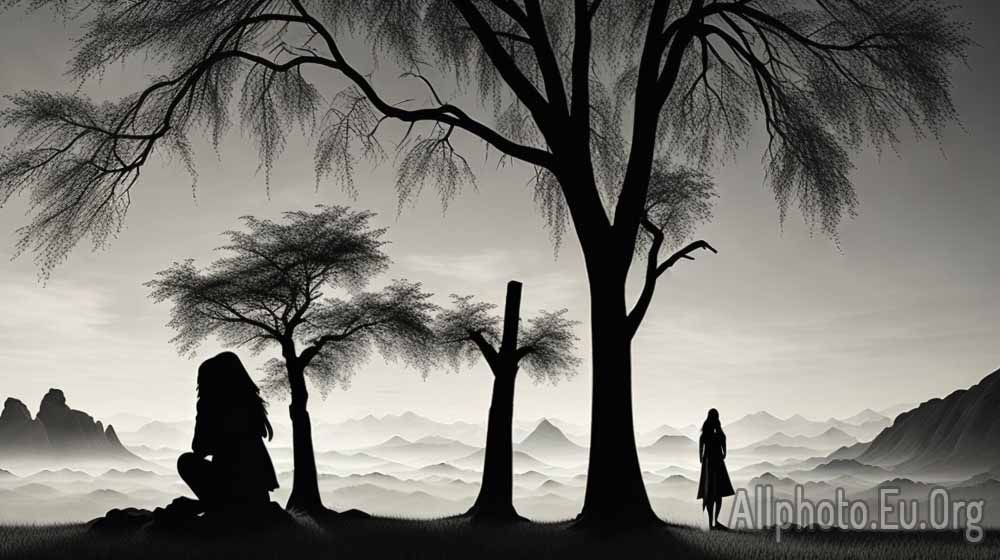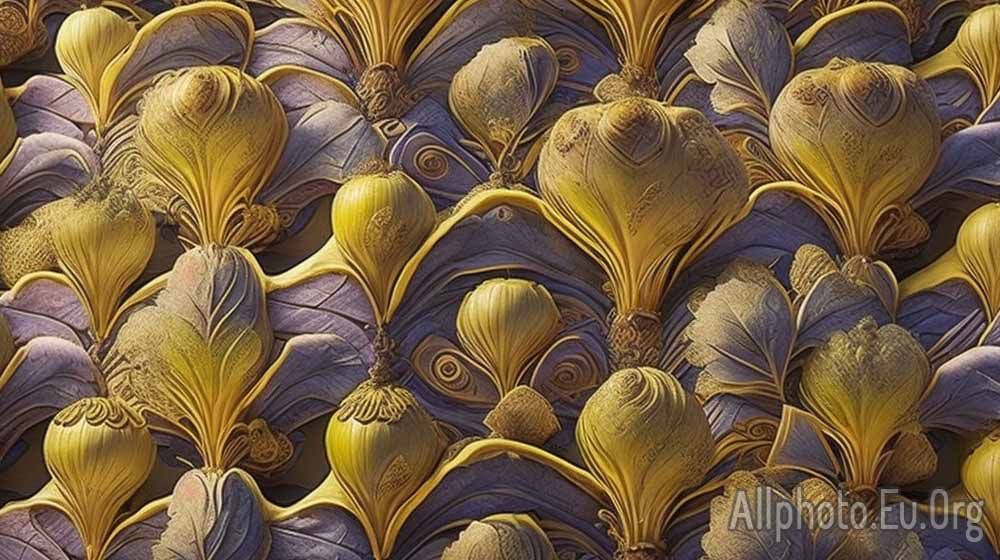The Importance of Light in Night Photography: Creating Dramatic and Moody Images
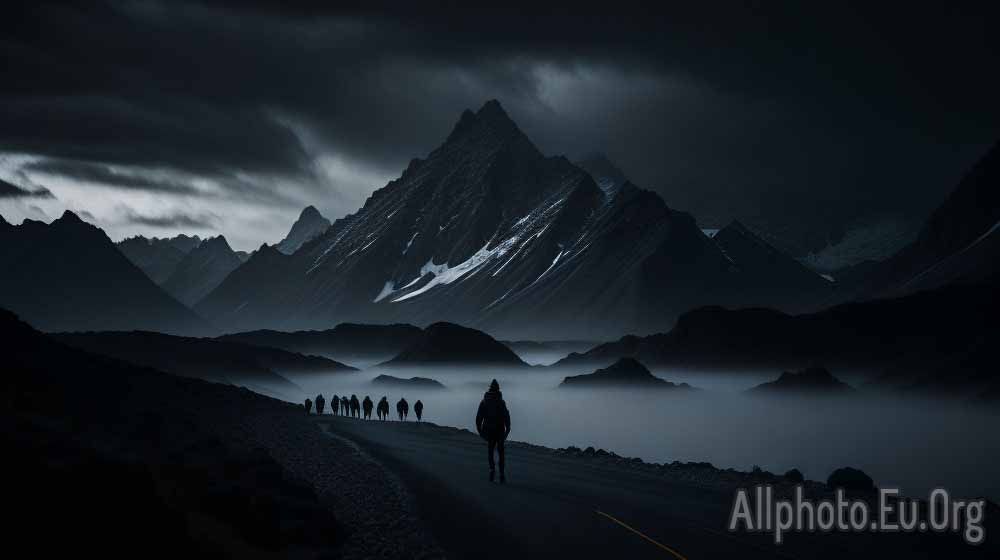
Night photography can be a daunting task for many photographers. The lack of natural light and the need to rely on artificial sources can create a range of technical and artistic challenges. However, understanding the importance of light in night photography is essential for creating dramatic and moody images that stand out.
In this article, we will explore the different types of light sources that can be used in night photography and how to use them to create captivating images. We will also delve into the technical considerations when photographing in low light, including camera settings and equipment, as well as tips for post-processing to enhance the final image.
Understanding the Different Types of Light Sources
When photographing at night, there are a variety of light sources that can be used to create stunning images. These include:
- Ambient light: This is the existing light in a scene, such as streetlights, moonlight, or the glow from nearby buildings. Ambient light can create interesting shadows and contrast in a scene, but it can also be challenging to balance with artificial light sources.
- Artificial light: This includes any light source that is not naturally occurring, such as flash, strobe lights, or light painting. Artificial light can be used creatively to highlight specific elements in a scene, add color and texture, or create unique patterns.
- Reflections: Reflections of light sources in water or other surfaces can create interesting and dynamic compositions. This can be especially effective when capturing cityscapes or landscapes with bodies of water.
Using Light to Create Drama and Mood
The use of light in night photography can greatly impact the mood and atmosphere of an image. Here are some techniques for using light creatively to create dramatic and moody images:
- Silhouettes: Capturing subjects as dark, shadowy figures against a bright backdrop can create a sense of mystery and drama. This can be achieved by positioning the subject in front of a bright light source, such as the moon or a streetlight.
- Contrast: Creating high contrast between light and dark areas of an image can create a sense of depth and drama. This can be achieved by positioning the subject in front of a bright light source, while keeping the background dark.
- Light painting: Using a handheld light source, such as a flashlight or sparkler, to selectively illuminate elements in a scene can create a sense of movement and texture. This technique can be used to create unique patterns and shapes, or to highlight specific areas of a scene.
Technical Considerations for Night Photography
In addition to creative considerations, there are also a range of technical considerations when photographing in low light. Here are some tips for achieving optimal results:
- Use a tripod: Shooting in low light often requires longer shutter speeds, which can result in camera shake and blurry images. Using a sturdy tripod can help stabilize the camera and ensure sharp images.
- Use a fast lens: A lens with a wide maximum aperture, such as f/1.8 or f/2.8, can allow more light into the camera, enabling faster shutter speeds and better image quality in low light.
- Adjust ISO and shutter speed: When shooting in low light, it may be necessary to increase the ISO and use slower shutter speeds to achieve a properly exposed image. However, be aware that increasing the ISO can also increase noise in the image, so use the lowest ISO possible for the desired effect.
Post-Processing Techniques for Night Photography
Post-processing can play a significant role in enhancing the final image in night photography. Here are some tips for post-processing techniques to consider:
- Adjust white balance: When shooting at night, the color temperature of the light sources can vary widely. Adjusting the white balance can help ensure accurate color representation in the final image.
- Use noise reduction software: Increasing the ISO in low light can result in increased noise in the image. Using noise reduction software in post-processing can help reduce the appearance of noise and improve the overall image quality.
- Adjust contrast and brightness: Adjusting the contrast and brightness of an image can help enhance the mood and drama of the scene. However, be careful not to overdo it and lose detail in the shadows or highlights.
- Dodge and burn: Dodging and burning is a technique used to selectively lighten or darken areas of an image. This can be especially useful in night photography to highlight specific areas or create more depth and dimension.
Conclusion
The use of light in night photography is essential for creating dramatic and moody images that stand out. By understanding the different types of light sources and how to use them creatively, as well as the technical considerations when shooting in low light, photographers can capture captivating images that tell a story and evoke emotions. Remember to also consider post-processing techniques to enhance the final image and bring your vision to life. With practice and experimentation, night photography can become a rewarding and exciting genre for photographers of all levels.
In conclusion, mastering the use of light in night photography is essential for creating captivating and moody images. By understanding the different types of light sources, creative techniques, technical considerations, and post-processing techniques, photographers can capture stunning images that tell a story and evoke emotions. With practice and experimentation, photographers can create unique and beautiful images that stand out in a crowded field.
Tags
Latest Articles
Most Read
All Tags
Subscribe
Donate
Please consider supporting our efforts.
© 2023 All-Photo.Cf All rights reserved.
